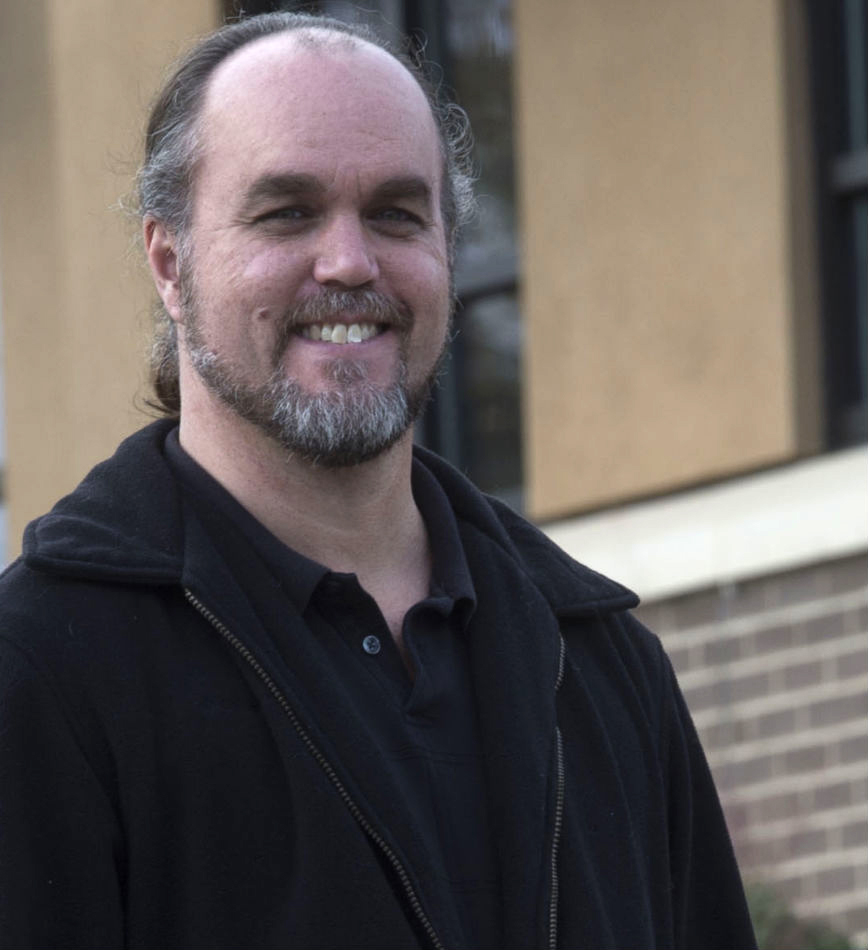 Is it painful to hang yourself?
Is it painful to hang yourself?
My friend Tom (not his real name) and I regularly discussed this question in 2006. We also wondered if there was a place to tie a sheet that would hold our weight and where we would remain unnoticed long enough to die.
We contemplated other methods as well, but thankfully never acted on them. Both of us moved on with our lives, but if we had acted on such thinking it would not have been surprising.
This type of thinking is called suicidal ideation, and is more common in prisons and jails than in the general population, both due to the oppressive conditions and to the concentration of people already suffering from mental health problems. The same holds true in juvenile detention.
The Office of Juvenile Justice and Delinquency Prevention (OJJDP) released Suicidal Thoughts and Behaviors Among Detained Youth. The report is the latest in a series of bulletins explaining the findings of the The Northwestern Juvenile Project, a long-term randomized study of youth in detention in Cook County, Ill., as well as the aftermath of their detention.
The July bulletin reveals the disturbing reality of kids in lock-up. In the general population youth suicide rates are around 11 per 100,000, somewhat lower than the rate of adults and seniors. For youth in detention (including post detention) the rate of completed suicide is two to four times higher, surpassing the rate of adults most at risk in the general population.
Factors that may increase the risk of suicide include both the children’s histories as well as the detention conditions. The kids coming into detention have a higher rate of psychiatric disorders and trauma in general. Being away from family and being in solitary confinement can exacerbate the underlying risks, or even push kids towards suicide who wouldn’t normally be at risk.
Using a standard diagnostic tool developed by the National Institute for Mental Health the youth were evaluated for hopelessness, thoughts about death and dying, thoughts about suicide, a suicide plan, telling someone about suicidal thoughts and suicide attempts. In every area they engage in these behaviors at a higher rate than kids of the same age in the general population.
Suicide attempts, hopelessness and a plan were all higher among girls, while thoughts about death and dying were highest among African American and Hispanic kids. For kids in the general population the attempted suicide rate is 2.4 percent. Among the kids in the study 11 percent had already attempted suicide. The average age of their first attempt was slightly under 13 years old.
The study recommends looking further at how risk factors and life events are tied to gender and ethnicity or race. Hispanic girls have high rates of ideation but white girls were more likely to attempt suicide. The higher rates of death by violence among African American and Hispanic boys might be tied to suicidal ideation as well. Is such thinking leading them to take more chances that might lead to their deaths? Also we must consider the impact of trauma, especially endemic violence that many of these kids have suffered.
On a practical level the authors recommend screening all youth, not just those who identify themselves as at risk. Since more than half the kids did not tell anyone about their suicidal thoughts it is important to ask. Facilities that implement this practice have significantly fewer serious attempts.
They also recommend increased training for staff in recognizing warning signs and greater access to mental health professionals. OJJDP reported in 2013 that 43 percent of youth detention facilities do not adequately screen children for mental health problems. These kids are underserved and the burden is on us to make resources available for their treatment. Since their behavior has been criminalized we should at least give them adequate treatment while we have them locked up.
A lot has been done and facilities are generally more aware of the risks than they were a few decades ago, but the suicides of two 16-year-old boys this month, one in South Carolina and the other in Tennessee are a painful indicator that more needs to be done. Both were charged with burglary, one for breaking into and vandalizing a high school. It is unclear to me whether these kids needed to be locked up at all, but they were. Whatever their actions their punishment shouldn’t become a death sentence, and it is our job to make sure it doesn’t.
